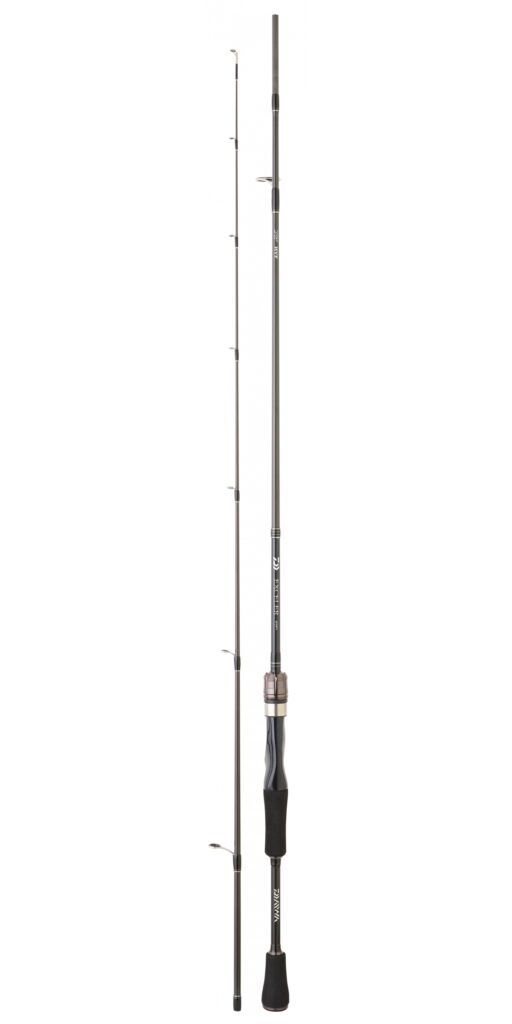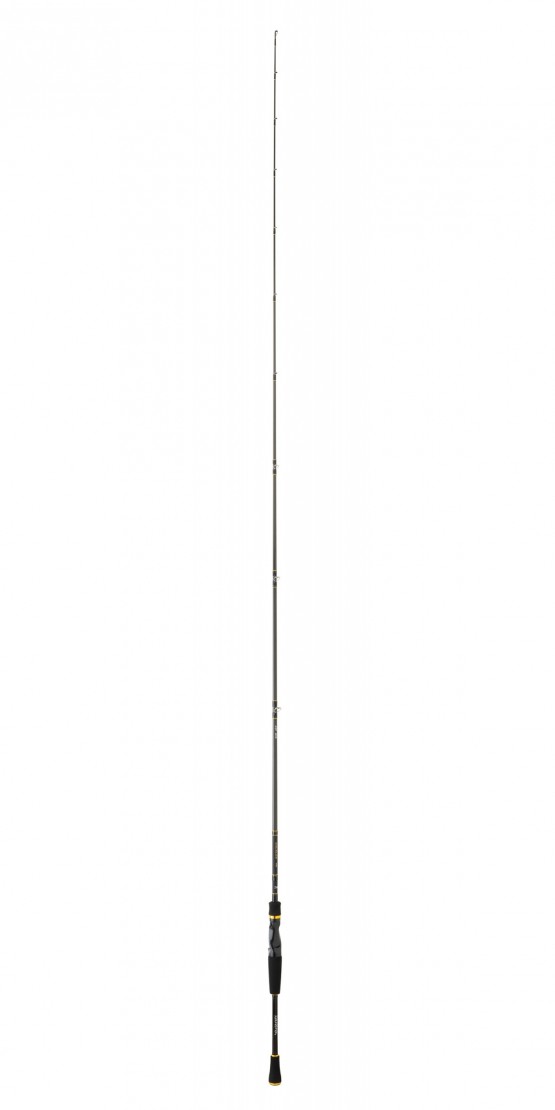
DAIWA CAÑA SENSOR SURF 393 H - Articulos de pesca, Cañas , Cañas de Surfcasting Enchufables - Pescatiendaplus

Amazon.com: Caña de arrastre de ACCUDEPTH Sections= 2, Línea Wt.= 10-20 : Deportes y Actividades al Aire Libre

Amazon.com: Daiwa LAG601MHFB - Caña de pescar (5.9 ft, con un peso de línea de 10 a 20 libras, acción rápida) 8 guías, acabado negro. : Deportes y Actividades al Aire Libre















